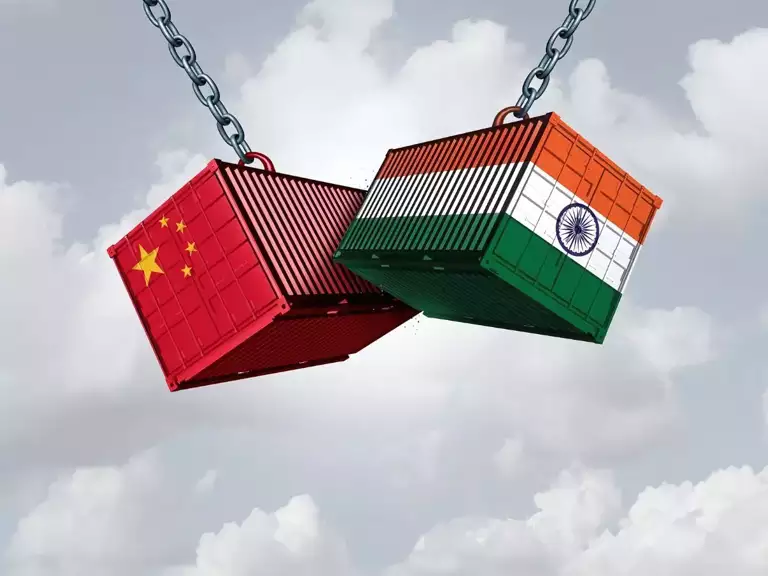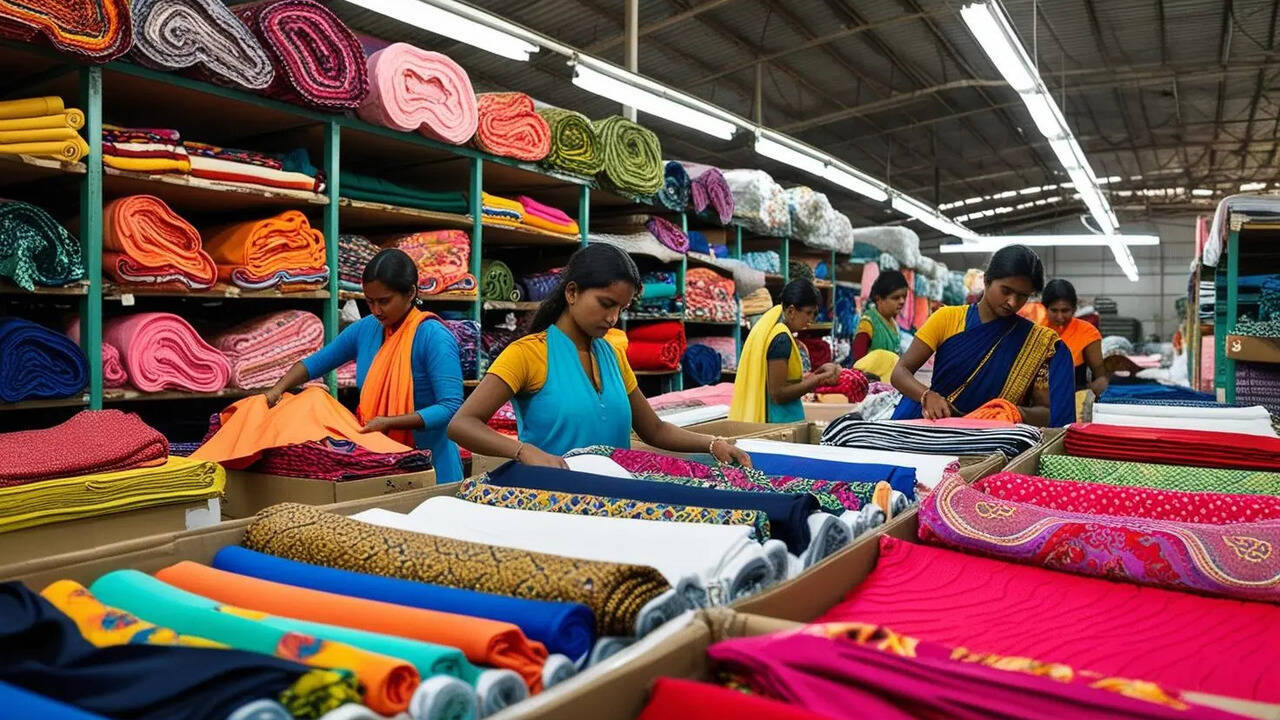
Textile exporters in Pakistan are still waiting for their Christmas orders. A buying freeze abroad has hit all segments, from apparel, denim and knits to home textiles.
As a rule of thumb, international markets move six months in advance. Hence, Christmas orders are placed in June-July and delivered three months before the start of the season. But demand has been slow due to the global economic environment this year.The recession has spread everywhere, from Europe and UK to Australia and South Africa, and warehouses, shelves and stockrooms are full of inventories enough to last till March 2023.
Because of excess stocks, the benefits of the rupee devaluation are not kicking in either. Since retailers do not want to purchase, the lower prices make no difference and there are no orders for the Christmas season. Mills have to work at half capacity as retailers abroad struggle to clear out shelves and are having sales.
Manufacturers in Pakistan are working at 50 per cent capacity and are hoping for some positive movement after March 2023. The American economy operates on credit and mortgages. As the Federal Reserve hikes up its rates, the cost of credit pinches the wallets of the average consumer in America, making him less likely to spend.During the pandemic, the economy had come to a standstill. The usual avenues of spending, such as leisure, travel and clubbing, were forbidden, so people spent money on decorating their houses, which also fed the super cycle success of Pakistan’s textile exports.Now, the reverse has happened. They have places to go, but less spending money, so Pakistan’s exports are taking the hit.
Pakistan opened up after the pandemic faster than did competitors such as Vietnam, Sri Lanka and India and as a result was bombarded with orders. Textile manufacturers in Pakistan enhanced capacities when orders were pouring in and so they are feeling the pinch strongly now. They hope that when the Christmas season is over, and the inventories have run out, textile orders will renew.
Pak, not the only one, other Asian countries to suffer
Pakistan is not alone in suffering from a loss in demand in the second half of 2022.
Vietnam’s textile and clothing exports dropped 32per cent year on year in September 2022 and garment manufacturers are working at not more than 70 per cent capacity. India is affected too. The United States is a major textile market for India, accounting for half of India’s home textile exports and 28per cent of apparel exports. In October 2022, India’s textile exports plummeted 41 per cent year on year.Sri Lanka’s textile exporters are facing a 30 per cent drop in orders in the coming months.












